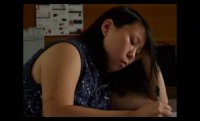A Free House in the Sun: Tucson’s Casa Libre en la Solana
Kristen E. Nelson is a founder and the Executive Director of Casa Libre en la Solana, a non-profit writing center in Tucson, Arizona. P&W has co-sponsored the center's Weekend Residency program for the past four years. Nelson is the author of Write, Dad (Unthinkable Creatures Chapbook Press, 2012), and has recently published work in Denver Quarterly, Drunken Boat, Tarpaulin Sky Journal, Trickhouse, Dinosaur Bees, and Everyday Genius.
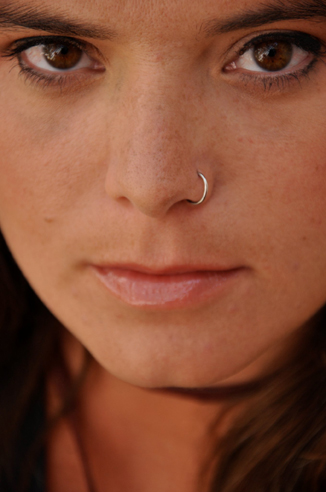 What makes your organization and its programs unique?
What makes your organization and its programs unique?
The mission of Casa Libre en la Solana is to support and enhance the creativity of professional and novice writers by providing a community venue for classes, readings, and other professional development opportunities.
The diversity of our programs and high level of community involvement is what makes Casa Libre stand out. In addition to our own creative writing workshops and reading/performance series, we provide an event base for many other Tucson groups, including Kore Press, Queer People of Color, Pan Left Productions, Read Between the Bars, and the Tucson Youth Poetry Slam.
What recent program have you been especially proud of?
Participants in our program Made for Flight, a transgender youth and ally empowerment workshop series, walked in the annual All Souls Procession in Tucson, a huge community procession to honor the lives of ancestors and loved ones who have passed away.
Made for Flight incorporates transgender history, ally development, creative writing, and kite building to commemorate the lives of the transgender individuals who have been murdered in the last year. TC Tolbert, Casa Libre’s assistant director, began this program three years ago, and this year we had approximately one hundred people show up to help us carry the kites that Tucson youth created in the procession.
It is inspiring to see the large number of allies who show up to lend their support to bringing awareness to the disproportionate number of transgender people (specifically women of color) who are murdered each year. 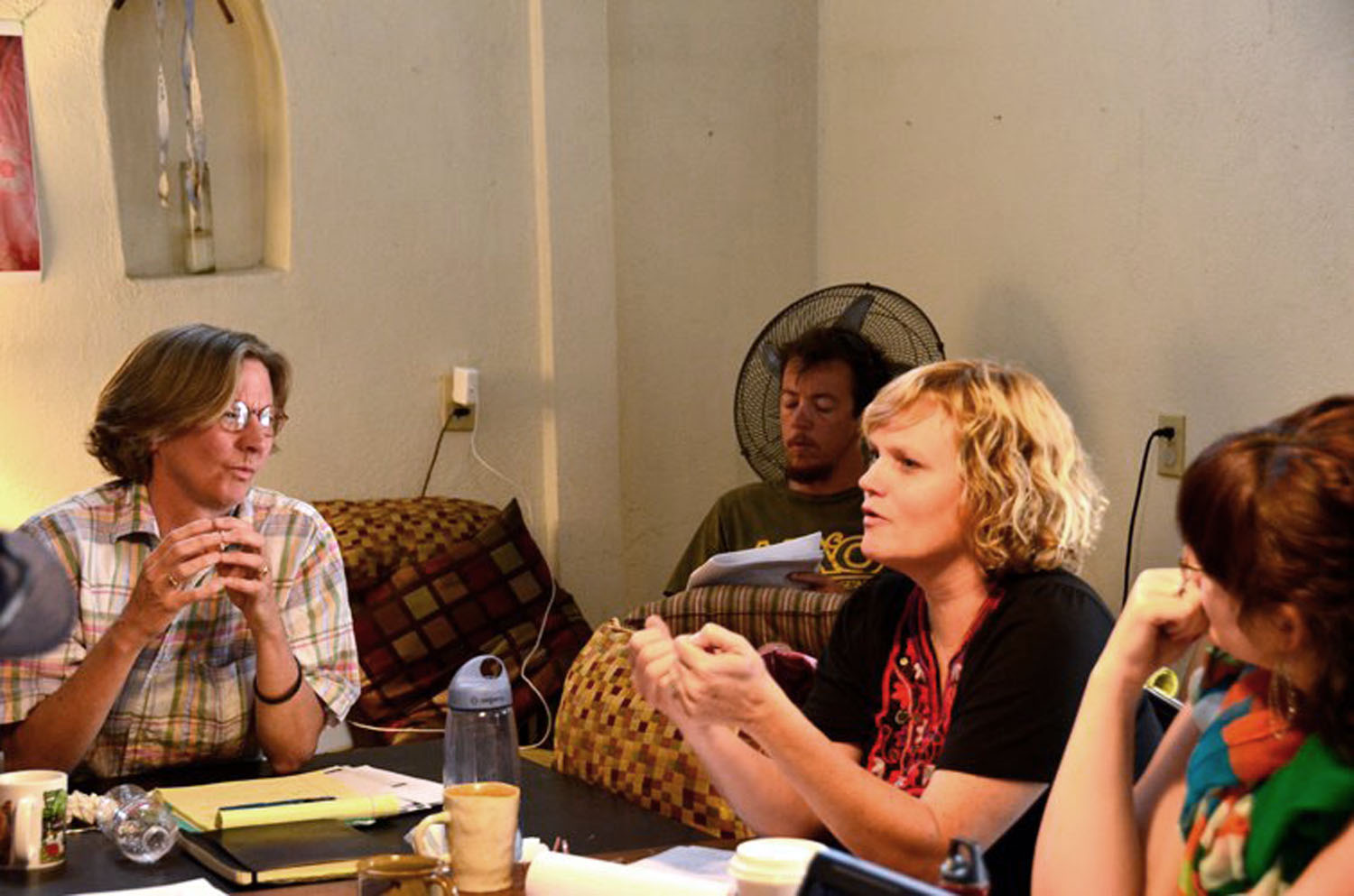 How do you find and invite writers?
How do you find and invite writers?
Our organizational structure is a bit like an octopus. Each arm functions independently and in collaboration with the main body of the organization. Each of our programs is curated by a different local writer drawing from a diverse group.
I curate our Weekend Residency programs and through personal or professional connections have invited Camille Dungy, Samuel Ace, Maureen Seaton, and most recently Rebecca Brown to lead a weekend full of workshops and reading series. All of these Weekend Residencies could not have happened without the generous funding provided by Poets & Writers.
How has literary presenting informed your life and writing?
Casa Libre is my life. I live on the grounds in a community of seven households of writers and artists. Since I founded this place nine years ago, the programs and people who are a part of it have shaped who I am. This community is full of thinkers and creators. Every day there are conversations in our courtyards about writing projects, creative inspiration, and new programs. The Casa Libre community extends far beyond our grounds into Tucson and across the country. Passionate people who care about writing and creating come here. This is a nourishing place that I am proud to be a part of and call home.
What do you consider to be the value of literary programs for your community?
The staff and board members of Casa Libre are deeply invested in fostering creativity. We are devoted to honoring and making space for thinking, writing, conversation, art-making, and performance in a world dearly in need of artistic vision, creative solutions, and celebration of the human mind. Because we believe expression is a vital part of nourishing the human spirit, Casa Libre inspires writers and artists to take risks and manifest their artistic dreams.
Photo: Kristen E. Nelson. Credit: Sarah Dalby. Photo: Casa Libre's Weekend Residency with Rebecca Brown (at left). Credit: Samuel Ace.
Support for Readings/Workshops events in Tucson is provided by an endowment established with generous contributions from the Poets & Writers Board of Directors and others. Additional support comes from the Friends of Poets & Writers.





 What are your reading dos?
What are your reading dos?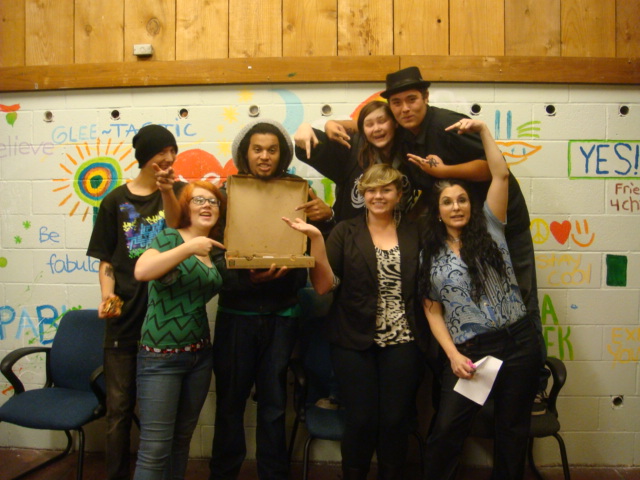 A poetry slam, we now know, has rules. Poems are orally presented, in front of a microphone. The poems must fit in a time slot of three minutes. Structure, rhyme, and meter are optional. Poets come to the front of the audience, one at a time, and deliver their work. Then the judges (there were five of us at the September slam) hold up cards ranging from one to ten, and fractions thereof. So, the poet might receive an 8.7 or a 9.3, a la Olympics. A time-/scorekeeper records the scores, discards the high and low, and averages the remainder.
A poetry slam, we now know, has rules. Poems are orally presented, in front of a microphone. The poems must fit in a time slot of three minutes. Structure, rhyme, and meter are optional. Poets come to the front of the audience, one at a time, and deliver their work. Then the judges (there were five of us at the September slam) hold up cards ranging from one to ten, and fractions thereof. So, the poet might receive an 8.7 or a 9.3, a la Olympics. A time-/scorekeeper records the scores, discards the high and low, and averages the remainder.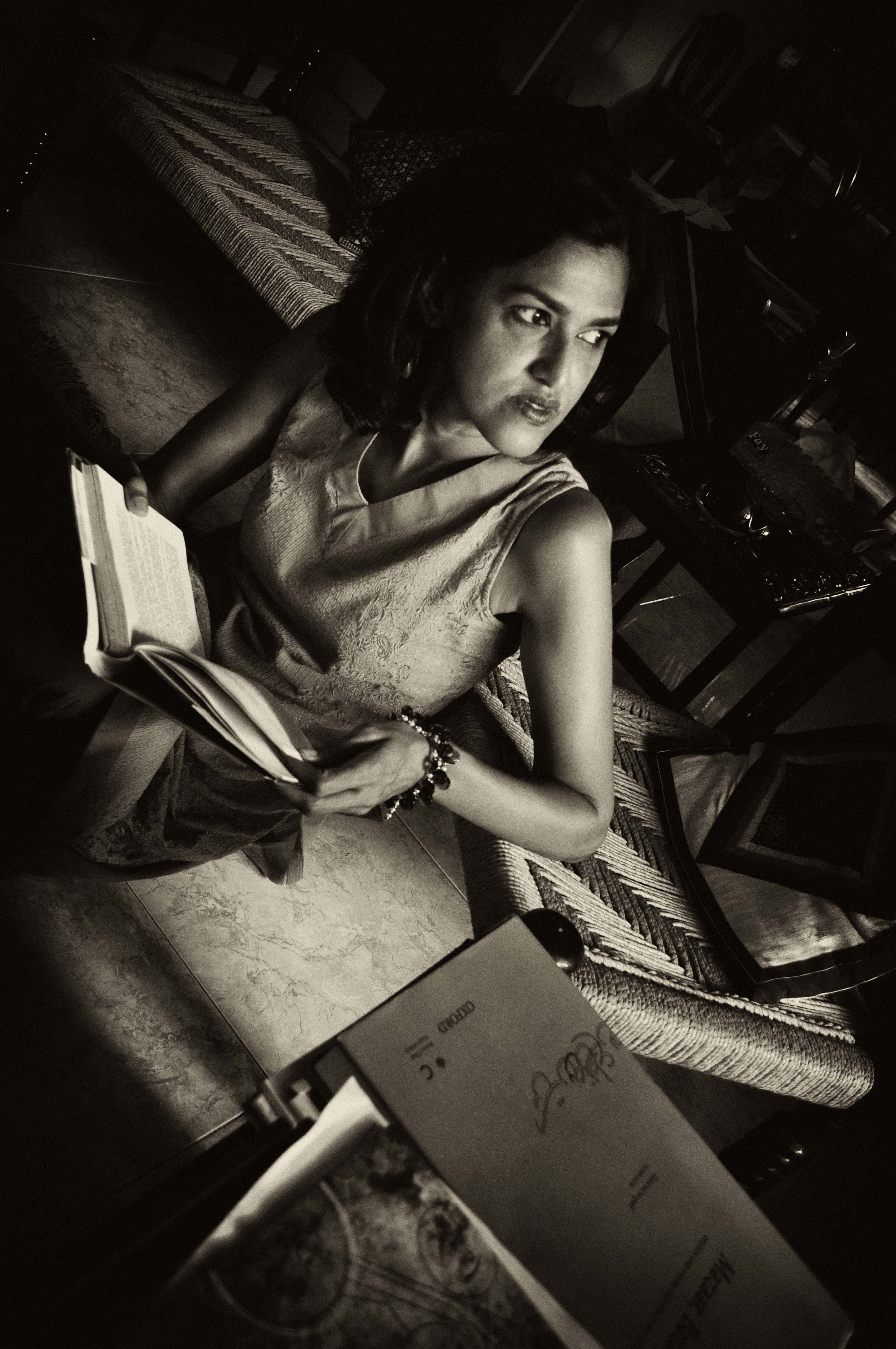 On October 1, 2012, Inprint, Inc., and the Poetry Society of America in association with Nuestra Palabra presented a panel discussion, Red, White & Blue: Poets on Politics, featuring Sandra Cisneros and Tony Hoagland and moderated by the Poetry Society’s executive director Alice Quinn. The gathering, held at the University of Houston, drew a mix of students and community members and there was a rich conversation about the urgency of poets to speak in response to social issues. Both Cisneros and Hoagland read work by poets they admire, followed by a discussion about the importance of giving voice to community. Sandra closed with a poem by
On October 1, 2012, Inprint, Inc., and the Poetry Society of America in association with Nuestra Palabra presented a panel discussion, Red, White & Blue: Poets on Politics, featuring Sandra Cisneros and Tony Hoagland and moderated by the Poetry Society’s executive director Alice Quinn. The gathering, held at the University of Houston, drew a mix of students and community members and there was a rich conversation about the urgency of poets to speak in response to social issues. Both Cisneros and Hoagland read work by poets they admire, followed by a discussion about the importance of giving voice to community. Sandra closed with a poem by  What makes your workshops unique?
What makes your workshops unique?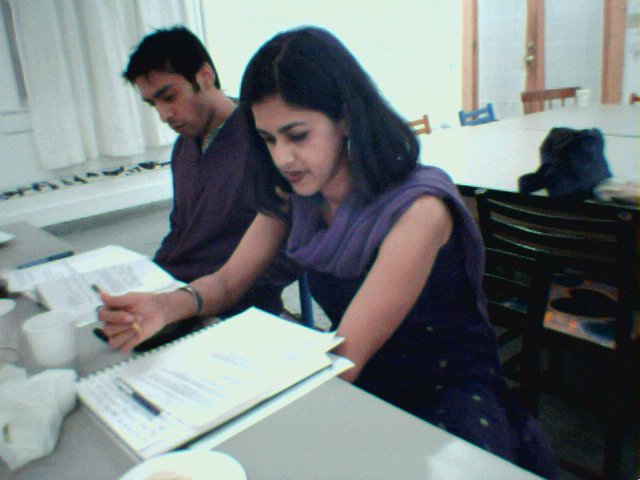 th teenagers, I wanted to work more with adults. So Shaista and I began planning a workshop that spoke to the rootless-ness we both felt, whether we were in Karachi, Houston, or somewhere else. Shaista and I dedicated much thought to our workshop title—just as VBB co-founders and I had spent time honing in on the right title for “our” organization three years earlier. We finally agreed on “Voices of the Displaced,” a title that rang true for us. It also attracted a pool of Houston-based writers who were born in other countries or elsewhere in the United States, who had come from communities of color, or identified themselves as GLBT/queer. Project Row Houses offered us a meeting space and co-sponsored the series. We sent out emails inviting people to join—VBB didn’t even have a website at that time. Our first group was intimate with only six participants, but over time, the group expanded. We always brought food and drinks and our gatherings offered formal writing but also a sense of community.
th teenagers, I wanted to work more with adults. So Shaista and I began planning a workshop that spoke to the rootless-ness we both felt, whether we were in Karachi, Houston, or somewhere else. Shaista and I dedicated much thought to our workshop title—just as VBB co-founders and I had spent time honing in on the right title for “our” organization three years earlier. We finally agreed on “Voices of the Displaced,” a title that rang true for us. It also attracted a pool of Houston-based writers who were born in other countries or elsewhere in the United States, who had come from communities of color, or identified themselves as GLBT/queer. Project Row Houses offered us a meeting space and co-sponsored the series. We sent out emails inviting people to join—VBB didn’t even have a website at that time. Our first group was intimate with only six participants, but over time, the group expanded. We always brought food and drinks and our gatherings offered formal writing but also a sense of community.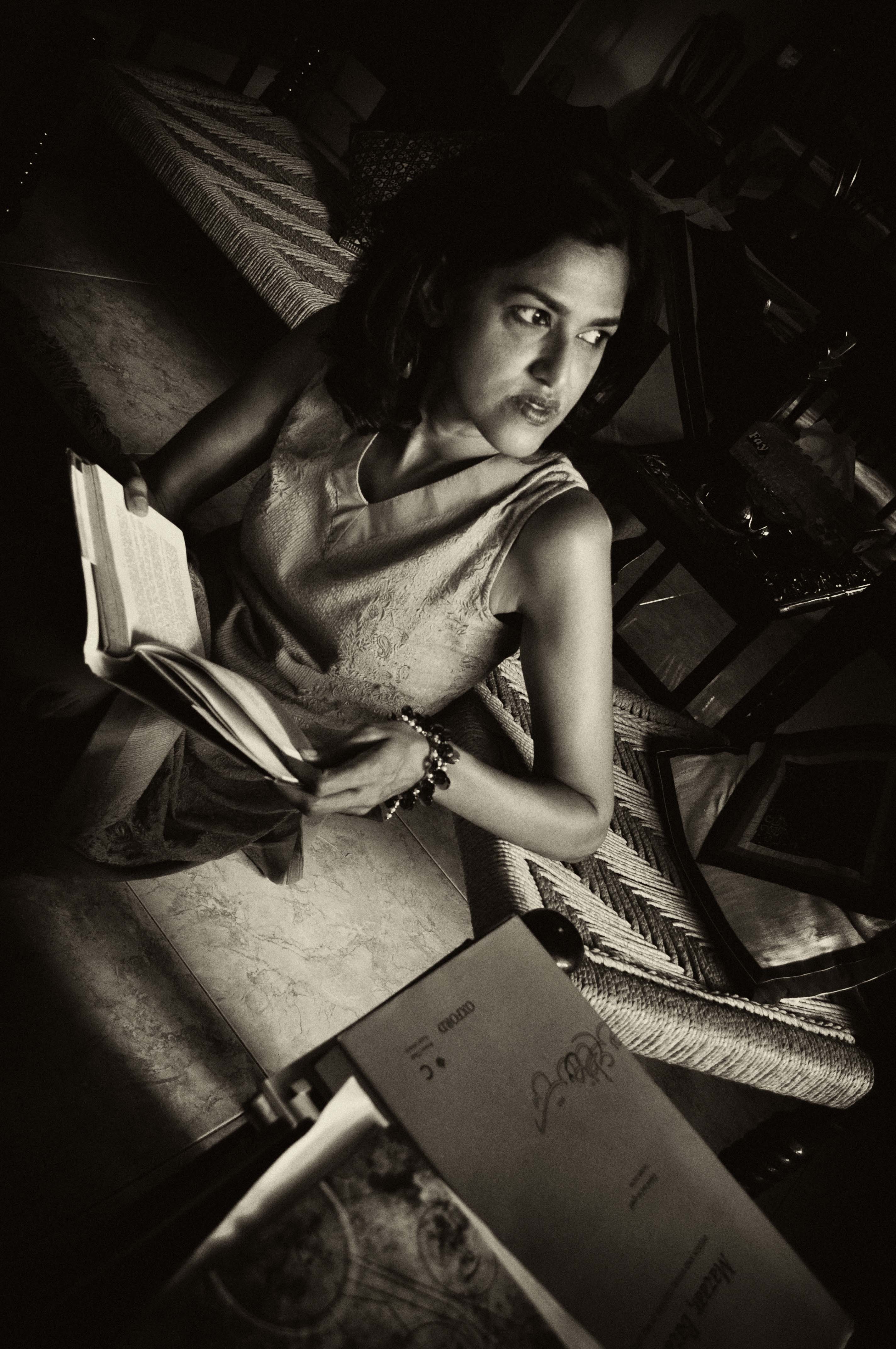 In Pakistan, September 21, 2012, was marked as a day of remembrance for Prophet Mohammad in response to a film that went viral and sparked violence in parts of North Africa, the Middle East, and South Asia. Knowing that the time difference between Houston and Pakistan was ten hours, I began checking online Pakistani newspapers as soon as I awoke. By the end of twenty-four hours, more than twenty people had been killed and six cinema houses had been burned. Meanwhile, progressive and secular communities that formed Pakistan’s majority were posting comments asking why extremists weren’t using their energies to offer help to the southern part of the country, where floods once again disrupted lives.
In Pakistan, September 21, 2012, was marked as a day of remembrance for Prophet Mohammad in response to a film that went viral and sparked violence in parts of North Africa, the Middle East, and South Asia. Knowing that the time difference between Houston and Pakistan was ten hours, I began checking online Pakistani newspapers as soon as I awoke. By the end of twenty-four hours, more than twenty people had been killed and six cinema houses had been burned. Meanwhile, progressive and secular communities that formed Pakistan’s majority were posting comments asking why extremists weren’t using their energies to offer help to the southern part of the country, where floods once again disrupted lives.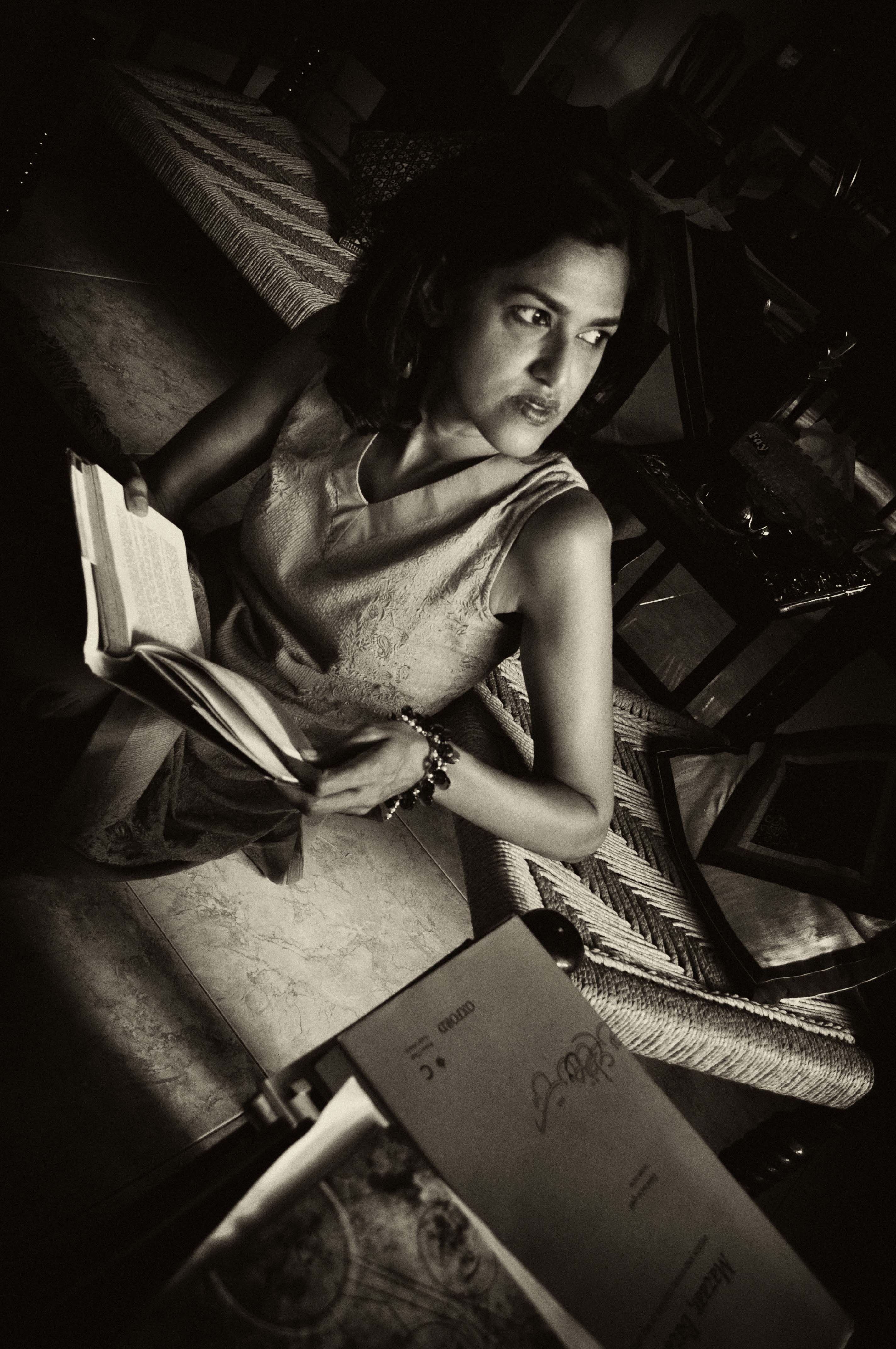 This month, as Voices Breaking Boundaries (VBB) launches our thirteenth season, I’m reminiscing about Fall 1999, when my friend Marcela Descalzi asked if I wanted to do anything before the start of the next millennium. At that time, Houston offered few options for new writers, performance artists, and grassroots activists.
This month, as Voices Breaking Boundaries (VBB) launches our thirteenth season, I’m reminiscing about Fall 1999, when my friend Marcela Descalzi asked if I wanted to do anything before the start of the next millennium. At that time, Houston offered few options for new writers, performance artists, and grassroots activists. Fast forward to Fall 2012. I’m still writing and now draw a salary as VBB’s salaried artistic director. Over the years, VBB has received free performance and exhibition space and has collaborated with many other organizations, including Arté Publico Press, Project Row Houses, DiverseWorks, and Inprint, Inc., and has featured artists such as Arundhati Roy, Bapsi Sidhwa, and Patti Smith—all while continuing to tackle some of the most controversial issues of our times. We have carved a niche for our unique productions, living room art, through which we convert residential homes into art spaces and use the experience to create connections between Karachi, my home city, and Houston, where I’ve lived for some time. The productions, elaborate one night flares, meld spoken word, music, performance and videos with installations.
Fast forward to Fall 2012. I’m still writing and now draw a salary as VBB’s salaried artistic director. Over the years, VBB has received free performance and exhibition space and has collaborated with many other organizations, including Arté Publico Press, Project Row Houses, DiverseWorks, and Inprint, Inc., and has featured artists such as Arundhati Roy, Bapsi Sidhwa, and Patti Smith—all while continuing to tackle some of the most controversial issues of our times. We have carved a niche for our unique productions, living room art, through which we convert residential homes into art spaces and use the experience to create connections between Karachi, my home city, and Houston, where I’ve lived for some time. The productions, elaborate one night flares, meld spoken word, music, performance and videos with installations.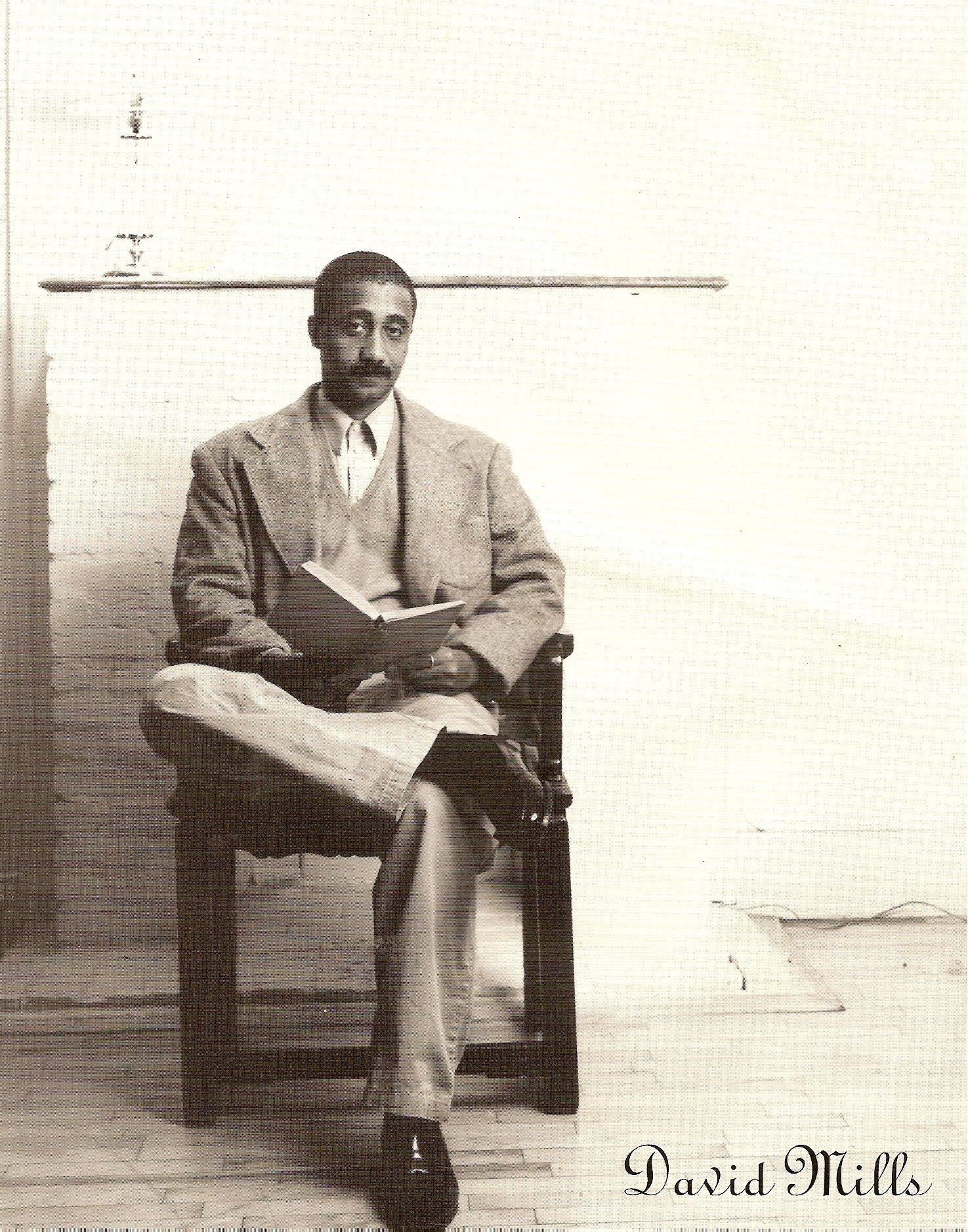 What is your writing critique philosophy?
What is your writing critique philosophy?